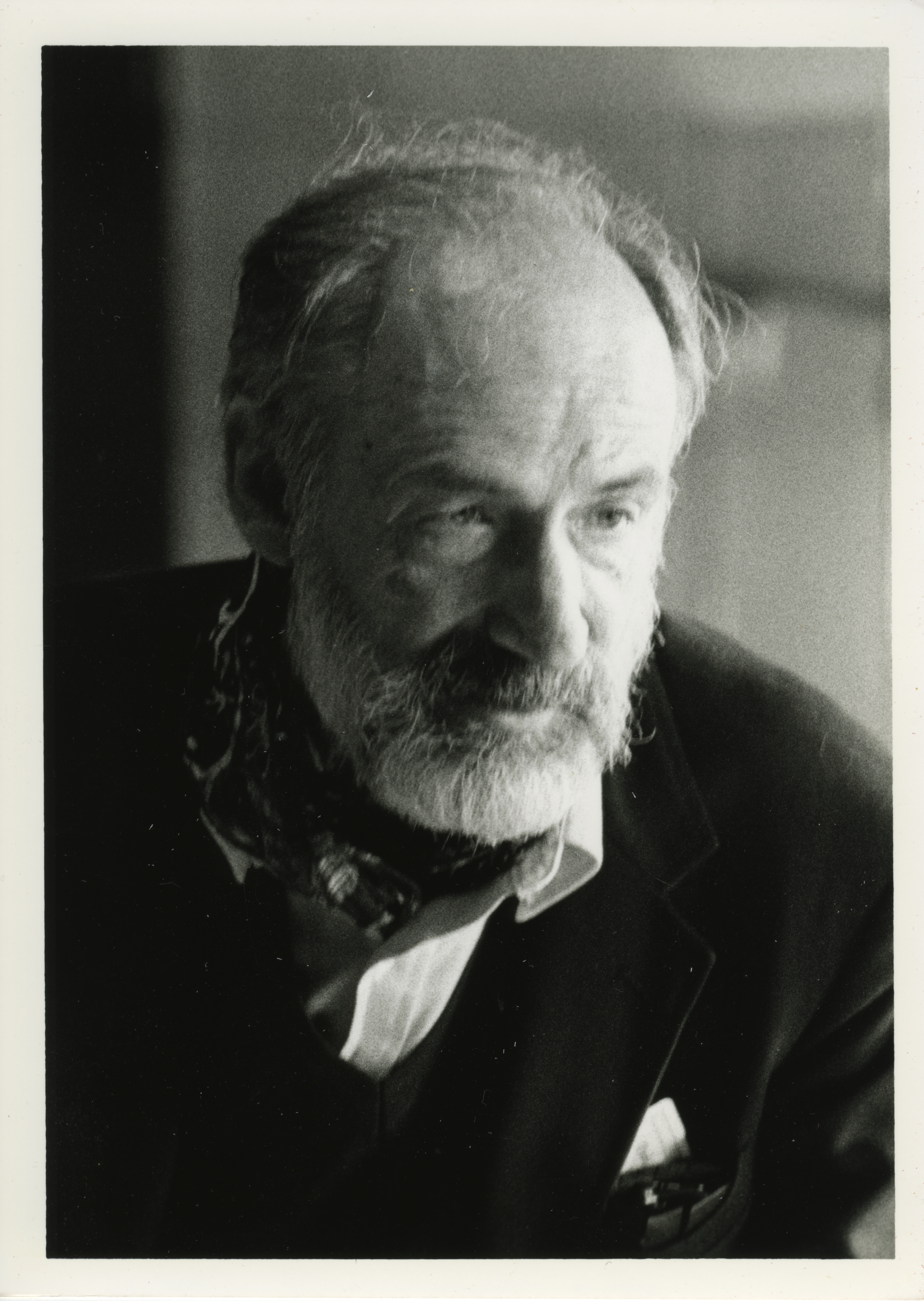|
Timeline Of Abelian Varieties
This is a timeline of the theory of abelian varieties in algebraic geometry, including elliptic curves. Early history * c. 1000 Al-Karaji writes on congruent numbers Seventeenth century * Fermat studies descent for elliptic curves * 1643 Fermat poses an elliptic curve Diophantine equation * 1670 Fermat's son published his ''Diophantus'' with notes Eighteenth century * 1718 Giulio Carlo Fagnano dei Toschi, studies the rectification of the lemniscate, addition results for elliptic integrals. * 1736 Leonhard Euler writes on the pendulum equation without the small-angle approximation. * 1738 Euler writes on curves of genus 1 considered by Fermat and Frenicle * 1750 Euler writes on elliptic integrals * 23 December 1751 – 27 January 1752: Birth of the theory of elliptic functions, according to later remarks of Jacobi, as Euler writes on Fagnano's work. * 1775 John Landen publishes Landen's transformation, an isogeny formula. * 1786 Adrien-Marie Legendre begins to write on ... [...More Info...] [...Related Items...] OR: [Wikipedia] [Google] [Baidu] |
Abelian Varieties
In mathematics, particularly in algebraic geometry, complex analysis and algebraic number theory, an abelian variety is a projective algebraic variety that is also an algebraic group, i.e., has a group law that can be defined by regular functions. Abelian varieties are at the same time among the most studied objects in algebraic geometry and indispensable tools for much research on other topics in algebraic geometry and number theory. An abelian variety can be defined by equations having coefficients in any field; the variety is then said to be defined ''over'' that field. Historically the first abelian varieties to be studied were those defined over the field of complex numbers. Such abelian varieties turn out to be exactly those complex tori that can be embedded into a complex projective space. Abelian varieties defined over algebraic number fields are a special case, which is important also from the viewpoint of number theory. Localization techniques lead naturally from abe ... [...More Info...] [...Related Items...] OR: [Wikipedia] [Google] [Baidu] |
Isogeny
In mathematics, in particular, in algebraic geometry, an isogeny is a morphism of algebraic groups (also known as group varieties) that is surjective and has a finite kernel. If the groups are abelian varieties, then any morphism of the underlying algebraic varieties which is surjective with finite fibres is automatically an isogeny, provided that . Such an isogeny then provides a group homomorphism between the groups of -valued points of and , for any field over which is defined. The terms "isogeny" and "isogenous" come from the Greek word ισογενη-ς, meaning "equal in kind or nature". The term "isogeny" was introduced by Weil; before this, the term "isomorphism" was somewhat confusingly used for what is now called an isogeny. Case of abelian varieties For abelian varieties, such as elliptic curves, this notion can also be formulated as follows: Let ''E''1 and ''E''2 be abelian varieties of the same dimension over a field ''k''. An isogeny between ''E''1 and ''E''2 ... [...More Info...] [...Related Items...] OR: [Wikipedia] [Google] [Baidu] |
Dale Husemoller
Dale Husemöller (also spelled Husemoller) is an American mathematician specializing in algebraic topology and homological algebra who is known for his books on fibre bundles, elliptic curves, and, in collaboration with John Milnor, symmetric bilinear forms. Life and career Husemöller was born in 1933 in Austin, Minnesota, USA. He earned his BA in mathematics at the University of Minnesota (December 1952). He began his graduate career there as a physicist, transferring to Harvard University in 1953. There, he switched from physics to the PhD program in mathematics. He completed his Ph.D. at Harvard University in 1959. His doctoral supervisor was Lars Ahlfors. His dissertation topic was ''Mappings, Automorphisms and Coverings of Riemann Surfaces''. After the PhD, he served on the faculty of the University of Rochester (1958-59) and the Pennsylvania State University (1959 to 1961). There his interests shifted to topology. He spent most of his career at Haverford College from ... [...More Info...] [...Related Items...] OR: [Wikipedia] [Google] [Baidu] |
